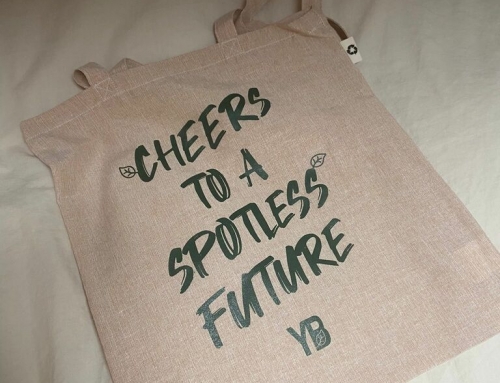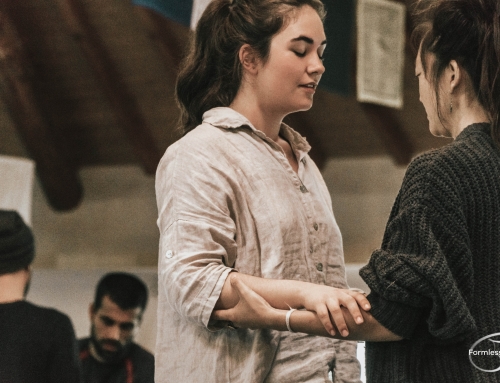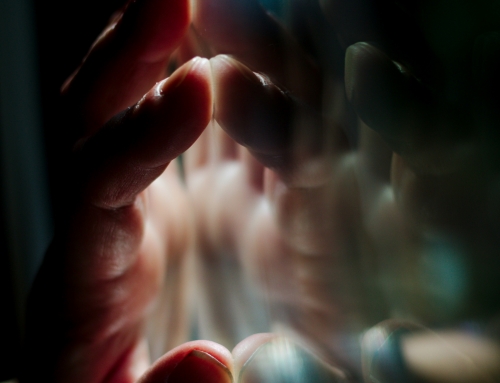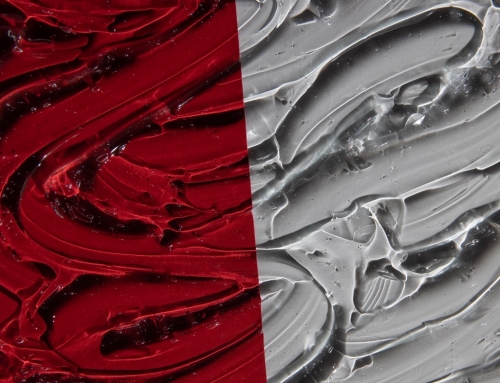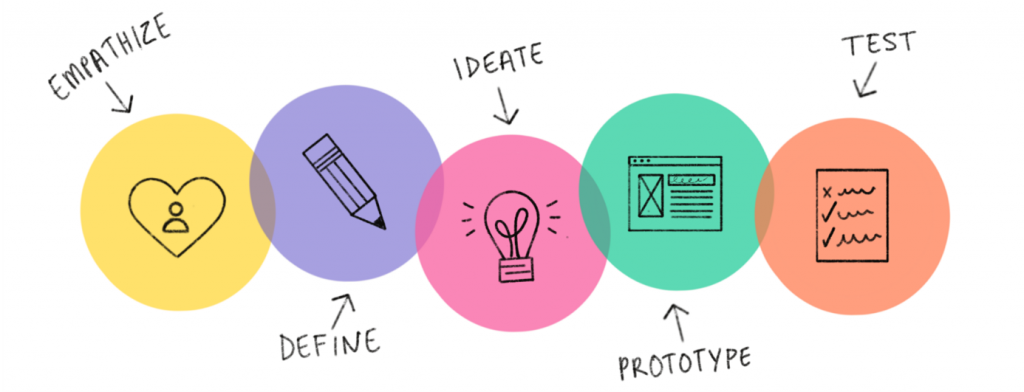
“The future is fiction and with every choice, we are writing that future now.”
Designing Our Future
 Humanity’s future does not look charming. With the environmental crises and the rising tension within society, our outlook seems to be depressing. The challenges we face seem too complex, resulting in escapism from these challenges. Dave Snowden gives the possibility to explain this in his Cynefin framework. He names four domains of challenge in which decisions can be made. Looking into this model, the challenges humanity currently faces are complex. The interconnections between stakeholders and the unknown future make that we d not have the best solution to the tasks on our hands. However, we tend to take care of them in an obvious manner. By simplifying the complexity, we create a false form of security and no real solutions, leading to distrust in our governing bodies. (Snowden & Boone, 2017). This is when binary thinking emerges. Meaning that you are either in favour or against something and thus act before we understand. We start to assume that certain acts are needed in certain situations without fully grasping what happens within that moment. As mentioned previously, empathy – the act of understanding – is crucial in designing experiences and processes toward change. Empathy and understanding are needed in writing our future now.
Humanity’s future does not look charming. With the environmental crises and the rising tension within society, our outlook seems to be depressing. The challenges we face seem too complex, resulting in escapism from these challenges. Dave Snowden gives the possibility to explain this in his Cynefin framework. He names four domains of challenge in which decisions can be made. Looking into this model, the challenges humanity currently faces are complex. The interconnections between stakeholders and the unknown future make that we d not have the best solution to the tasks on our hands. However, we tend to take care of them in an obvious manner. By simplifying the complexity, we create a false form of security and no real solutions, leading to distrust in our governing bodies. (Snowden & Boone, 2017). This is when binary thinking emerges. Meaning that you are either in favour or against something and thus act before we understand. We start to assume that certain acts are needed in certain situations without fully grasping what happens within that moment. As mentioned previously, empathy – the act of understanding – is crucial in designing experiences and processes toward change. Empathy and understanding are needed in writing our future now.
You might like it or not, the future of society is co-written. And as we know, society is made by individuals, so any uniformity within this story is a utopia. That’s why we need to strive for inclusivity, and inclusivity can only occur when empathic understanding is in place. There is no right or wrong in societal challenges. There is understanding and misunderstanding. There is a grey area and this creates an unknown. This unknown is something that we need to embrace and understand. If we can do this as a community, the future looks much brighter than before (Johansen, 2020) (Adams, 2013).
That is why Design Thinking is the most amazing and best tool to use in creating societal transformative change. I even go as far as stating that design thinking is a mindset and a way of living. To come back to writing our own future, design thinking gives us the possibility to write a manuscript first, reflect on this and then write our definitive future collaboratively.
 As mentioned earlier, most complex challenges involve a multitude of stakeholders. This interconnectedness makes that there are multiple realities and multiple perspectives on each situation. Meaning that the preparation for actions needs to be careful. I have repeated it a lot, but the first step should always be understanding the situation. It is without a doubt that Covey was right when he said that we first need to understand before we are being understood. From this moment of understanding, communication will spark as never before. Empathizing is just awesome.
As mentioned earlier, most complex challenges involve a multitude of stakeholders. This interconnectedness makes that there are multiple realities and multiple perspectives on each situation. Meaning that the preparation for actions needs to be careful. I have repeated it a lot, but the first step should always be understanding the situation. It is without a doubt that Covey was right when he said that we first need to understand before we are being understood. From this moment of understanding, communication will spark as never before. Empathizing is just awesome.
 Setting a common goal is crucial in setting sail to your destined destination. This is only possible when mutual understanding occurs. In designing an experience we might call this setting our Big Hairy Audacious Goal. Meaning that when everything goes amazing and according to plan, this is our preferred outcome. To set these goals, we fully need to understand the extent of the challenges we face and who are involved in this situation. This can be done through multiple ways of research, including participatory action research (definitely my preferred research method in societal challenges!).
Setting a common goal is crucial in setting sail to your destined destination. This is only possible when mutual understanding occurs. In designing an experience we might call this setting our Big Hairy Audacious Goal. Meaning that when everything goes amazing and according to plan, this is our preferred outcome. To set these goals, we fully need to understand the extent of the challenges we face and who are involved in this situation. This can be done through multiple ways of research, including participatory action research (definitely my preferred research method in societal challenges!).
With the settlement  of these goals, the fun can start. By brainstorming sessions, shitloads of conversations, redefining statements and sharing inspiration, ideation occurs. I think that my leisure & event management background is remarkably fitting for this element of design thinking. Hackathons can be used to ideate and gather as many perspectives as possible. I think that as a Transformative Social Innovator and facilitator, you need to have this skill set in creating, organising and performing creative events. Within these events the designing of an experience is crucial. Inspiration, innovation and creativity can be hard, by designing a well thought off event, these elements can be kickstarted.
of these goals, the fun can start. By brainstorming sessions, shitloads of conversations, redefining statements and sharing inspiration, ideation occurs. I think that my leisure & event management background is remarkably fitting for this element of design thinking. Hackathons can be used to ideate and gather as many perspectives as possible. I think that as a Transformative Social Innovator and facilitator, you need to have this skill set in creating, organising and performing creative events. Within these events the designing of an experience is crucial. Inspiration, innovation and creativity can be hard, by designing a well thought off event, these elements can be kickstarted.
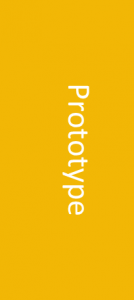 Grab your Lego, your pens, papers, scissors, or any other tool that can be used in prototyping the gained ideas from the ideation phase. Studio.Why has a very cool way of prototyping. Using LEGO® SERIOUS PLAY®, Legos are being used in explaining ideas, feelings, visions and strategies (Studio.Why, sd) (LEGO® SERIOUS PLAY®, sd). By doing this in a manner in which participants are pulled out of their regular way of thinking, new ideas and prototypes will emerge. Next to that, it also creates the possibility to create metaphors for thoughts and notions. Especially within the societal sector, explaining yourself might be hard. Prototyping helps in managing this difficulty. It creates the possibility to share differences and gives a tool to clarify.
Grab your Lego, your pens, papers, scissors, or any other tool that can be used in prototyping the gained ideas from the ideation phase. Studio.Why has a very cool way of prototyping. Using LEGO® SERIOUS PLAY®, Legos are being used in explaining ideas, feelings, visions and strategies (Studio.Why, sd) (LEGO® SERIOUS PLAY®, sd). By doing this in a manner in which participants are pulled out of their regular way of thinking, new ideas and prototypes will emerge. Next to that, it also creates the possibility to create metaphors for thoughts and notions. Especially within the societal sector, explaining yourself might be hard. Prototyping helps in managing this difficulty. It creates the possibility to share differences and gives a tool to clarify.
 Lastly, the most amazing thing is a failure. Design thinking gives the possibility of failure. Well, it assumes that you will fail. As said earlier, humanity writes its own future. This counts for society as a whole, but also on smaller levels. An organization or community creates their future collaboratively. By assuming that your writing is not immediately the best piece of literature ever, you generate the possibility to adapt. This is what can be done in the testing phase of Design Thinking. It helps you reflect on the ideas and prototypes that emerged and if needed gives you the possibility to adapt. By doing this with a lean data approach, small conversations and check-ups, everyone can be part of this testing. Every individual can have their say and is included in the decision-making process. This is what striving for inclusivity means. Not that we all agree with each other, but that we dare to disagree, to talk and understand. This counts in the designing of communities, processes, and experiences.
Lastly, the most amazing thing is a failure. Design thinking gives the possibility of failure. Well, it assumes that you will fail. As said earlier, humanity writes its own future. This counts for society as a whole, but also on smaller levels. An organization or community creates their future collaboratively. By assuming that your writing is not immediately the best piece of literature ever, you generate the possibility to adapt. This is what can be done in the testing phase of Design Thinking. It helps you reflect on the ideas and prototypes that emerged and if needed gives you the possibility to adapt. By doing this with a lean data approach, small conversations and check-ups, everyone can be part of this testing. Every individual can have their say and is included in the decision-making process. This is what striving for inclusivity means. Not that we all agree with each other, but that we dare to disagree, to talk and understand. This counts in the designing of communities, processes, and experiences.
By making sure each- and everyone is taken seriously, true collaboration will emerge and a co-created future is being built. A future in which complexity is not scary, but a wonderful experience of connecting and constructing.
Get ready aaaaand Start!
Design thinking is crucial in combatting the complex challenges we all face. It makes humanity aware that challenges do not have to be faced alone. By actively involving others in the design process, an immersive- and interactive experience can be formed. This work of co-creation makes us all responsible for the challenges we face and the outcomes of these challenges. So, let’s just start facing the difficulties and challenges together. Let us fail. And let us learn from it. Only then the challenges of tomorrow will be solved today!
References
Adams, E. (2013). Fundamentals of Game Design. New Riders.
Johansen, B. (2020). Full-Spectrum Thinkingg: How to Escape Boxes in a Post-Categorical Future. Oakland: Berrett-Koehler Publishers, Inc.
LEGO® SERIOUS PLAY®. (sd). About LEGO® SERIOUS PLAY®. Retrieved from LEGO: https://www.lego.com/en-nl/themes/serious-play/about
Snowden, D. J., & Boone, M. E. (2017, November). A Leaders Framework for Decision Making. Harvard Business Review, pp. 69-75. Retrieved from http://bit.ly/2tTV7Bv
Studio.Why. (sd). LEGO® SERIOUS PLAY®. Retrieved from Studio Why Workshops: https://nl.studiowhy.com/workshops/lego-serious-play/

